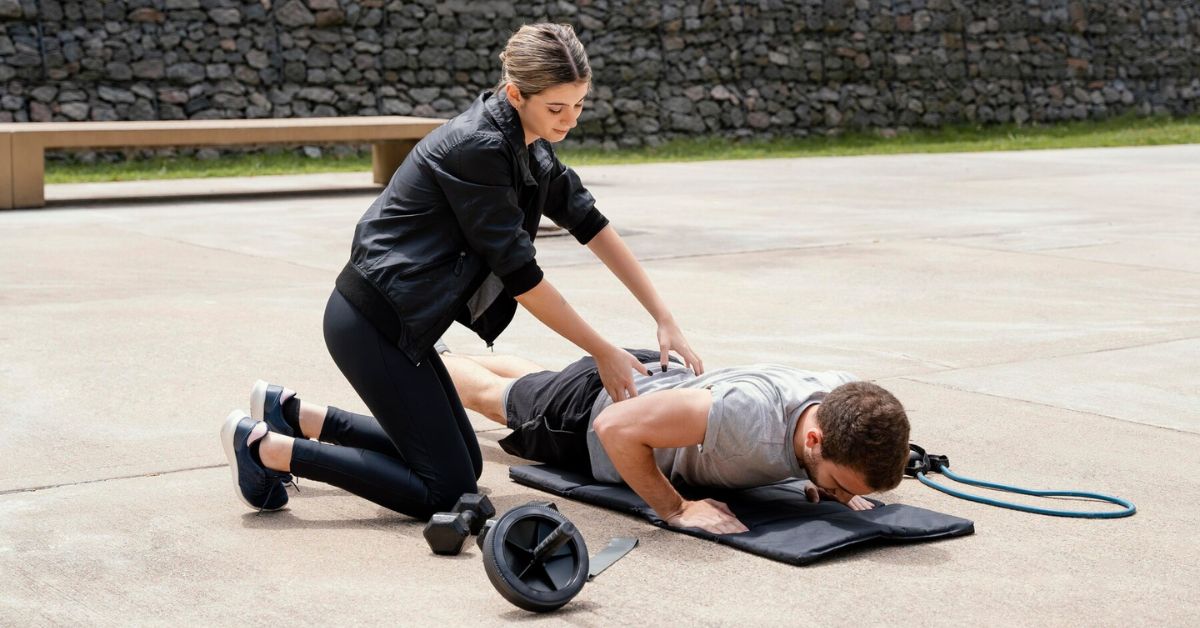Have you ever thought about combining fitness with life-saving skills? Staying active keeps you strong, but knowing Basic Life Support (BLS) can save lives. Both improve your health and confidence.
Fitness boosts endurance, and BLS teaches quick action in emergencies. Together, they make you stronger and more prepared. Simple training can help in real-life situations.
Want to improve your fitness and learn life-saving skills? Keep reading to see how you can do both!
Blend Fitness & BLS
Combining fitness with basic life support (BLS) skills helps you stay strong. It also helps you prepare for emergencies.
Regular exercise improves endurance, which is important for performing CPR effectively. Strength training builds the muscle power needed for chest compressions.
Adding high-intensity drills can simulate real-life emergency responses. Practicing rescue techniques during workouts reinforces muscle memory.
Getting a BLS certification ensures you know the proper life-saving steps. A well-rounded routine keeps you fit and ready to help in critical situations.
Train to Save Lives
Many people focus on fitness but forget the importance of life-saving skills. Combining exercise routines with BLS training can prepare individuals for emergencies.
Learning CPR and first aid improves both physical and mental preparedness. This is while staying active at the same time.
Gyms and fitness centers can offer classes that teach life-saving techniques alongside workouts. Practicing BLS skills during fitness sessions helps build confidence in handling medical emergencies. This approach encourages a healthier lifestyle while also increasing community safety.
CPR-Ready Workouts
Workouts can include CPR training to improve both strength and emergency skills. Practicing chest compressions during fitness sessions builds endurance and proper technique. Cardiovascular exercises help maintain stamina for performing effective CPR.
Strength training can improve the ability to administer compressions. This comes with the right force. Interval training can simulate the quick response needed in real emergencies. Adding CPR drills to workouts helps people stay prepared for sudden medical situations.
Strength & Surviva
Building physical strength can improve the ability to perform life-saving actions. Strong muscles help with effective chest compressions during CPR.
Endurance training ensures a person can respond quickly in emergencies. Core exercises enhance stability and control when assisting someone in distress.
Practicing first aid techniques alongside workouts reinforces muscle memory. Functional fitness routines can mimic real-life rescue situations. Combining strength and survival skills prepares individuals to save lives with confidence.
Fit for Emergencies
Staying fit can improve response time in medical emergencies. Cardiovascular endurance helps maintain energy while performing CPR.
Strength training supports effective chest compressions during life-saving efforts. Flexibility exercises can improve movement when assisting an injured person.
Practicing first aid techniques during workouts reinforces quick thinking. Fitness routines that include emergency drills build confidence in handling crises. Being physically prepared increases the chances of saving lives in critical situations.
Learn More About Basic Life Support Skills
Basic Life Support (BLS) skills are important for saving lives. They help you act quickly in emergencies.
CPR and first aid can make a big difference. Training builds confidence and improves response time.
Strong muscles and endurance make BLS more effective. Regular practice keeps skills sharp. Combining fitness with BLS prepares you for real-life situations.
Looking for more tips and ideas? We’ve got you covered. Check out some of our other posts.











